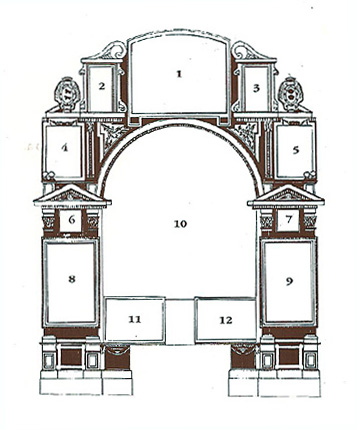|
"the culminating
moment of Spanish baroque" Examining the Art on the Left Side |
||

4 = St. Michael the
Archangel |
|
|
|
"the culminating
moment of Spanish baroque" Examining the Art on the Left Side |
||

4 = St. Michael the
Archangel |
|
|